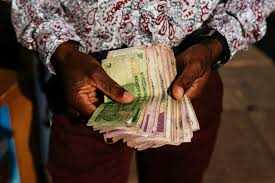
Audrey Galawu
Zimbabwe’s battle against inflation and a volatile exchange rate has taken a novel turn with the announcement of a “structured currency.” This intriguing concept has ignited a spark of hope and ignited a healthy dose of skepticism. But what exactly is this financial innovation, and can it be the key to unlocking economic stability?
Imagine the Zimbabwe dollar (ZWL$) no longer dancing to the whims of the market, but tethered to a safe haven like gold or a basket of foreign currencies. This is the essence of structured currency. It’s like a financial shield, protecting the ZWL$ from the harsh realities of inflation and currency fluctuations.
“Think of it as a gold-backed token,” explains Finance Minister Mthuli Ncube, offering a simplified explanation. But experts like Dr. Admire Dube paint a more nuanced picture.
“Structured currency is essentially indexed money,” he says. “Its value isn’t determined by traditional economic forces, but by the underlying asset(s) it’s linked to.” This, Dr. Dube believes, could potentially be a “game-changer” for Zimbabwe.
The numbers tell a story
The Zimbabwe National Statistics Agency recently revealed a sobering reality: annual inflation surged to 47.6% in February, compared to 34.8% the previous month. Consumer prices are rising at an alarming rate, eroding the purchasing power of Zimbabweans and stifling economic activity. The Zimbabwe dollar continues its negative streak against the US dollar, adding fuel to the fire.
Enter the structured currency
In this climate of economic turmoil, the government’s proposal of a structured currency has captured the nation’s attention. Experts believe the concept could offer several potential benefits:

Reduced inflation
By linking the ZWL$ to a stable asset like gold or a basket of foreign currencies, the government hopes to dampen inflationary pressures and instil confidence in the currency.
Exchange rate stability
The ZWL$ would no longer be subject to the whims of the market, potentially leading to a more predictable exchange rate and facilitating business transactions.
Related Stories
Increased access to foreign currency
With a more stable currency, businesses and individuals might find it easier to access foreign currency for imports, debt repayments, and investments.
However, the path to success is not without its challenges:
Loss of monetary sovereignty
Dr. Dube cautions that adopting a structured currency might come at the cost of “monetary sovereignty,” meaning the government would have less control over setting interest rates and managing the money supply.
External shocks
The ZWL$ would be vulnerable to fluctuations in the value of the underlying asset(s), exposing the economy to external shocks.
Effective governance
The success of this experiment hinges on “sound economic policies, effective governance, and unwavering cooperation,” Dr. Dube emphasises. Without these crucial elements, the structured currency could falter.
Looking Beyond Zimbabwe
While Zimbabwe is venturing into uncharted territory with its structured currency, it's not entirely alone. Countries like Ecuador and El Salvador have implemented similar schemes in the past. Additionally, nations like Panama and Hong Kong have adopted currency boards, where their currencies are fixed to the US dollar and fully backed by foreign currency reserves. Argentina and Brazil have also experimented with currency baskets, similar to what Zimbabwe might be considering.
The World Watches
The world is watching with bated breath as Zimbabwe embarks on this economic experiment. Will it be the magic bullet the nation needs, or will it be another chapter in the country’s complex economic story? Only time will tell. However, one thing is certain: Zimbabwe’s gamble with structured currency is a story worth following closely.




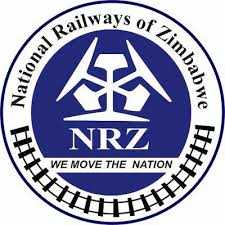
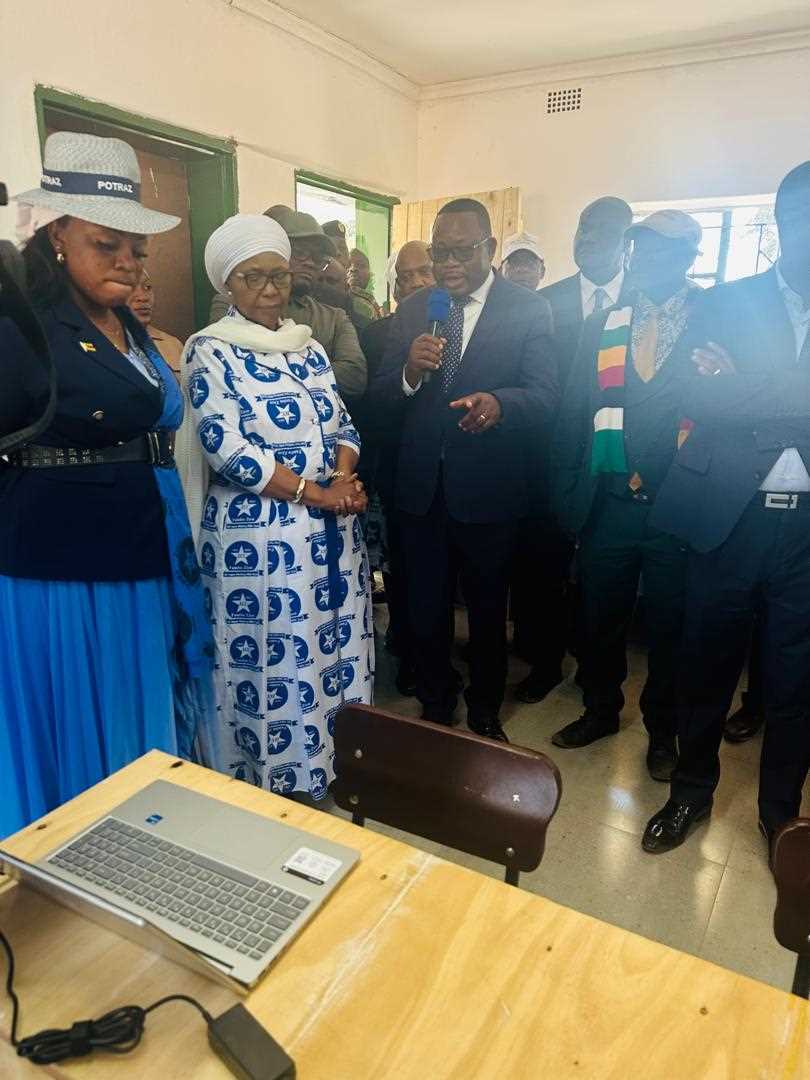





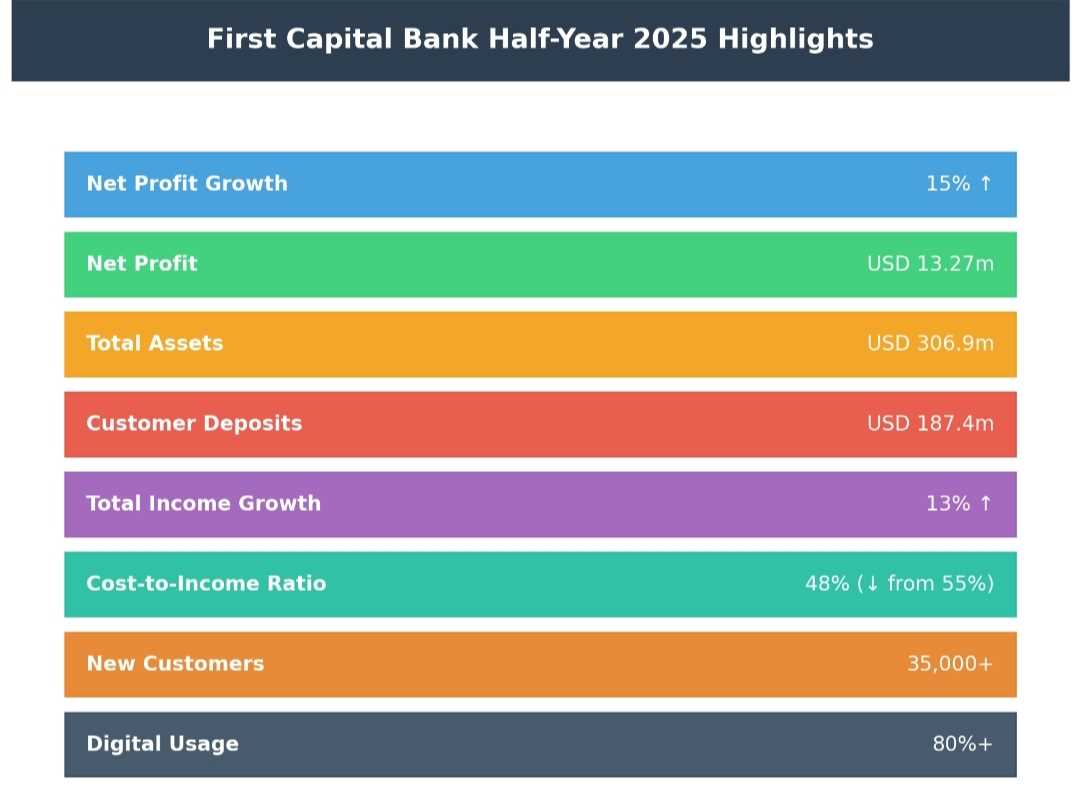
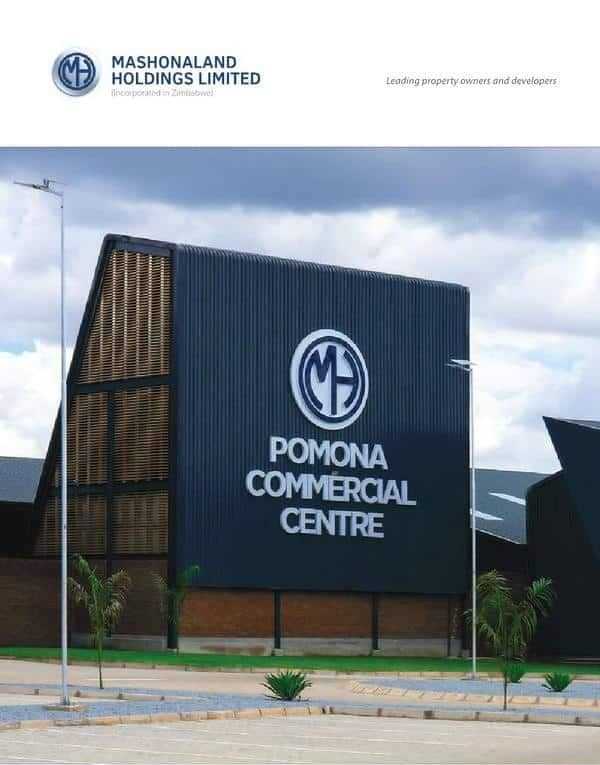






Leave Comments